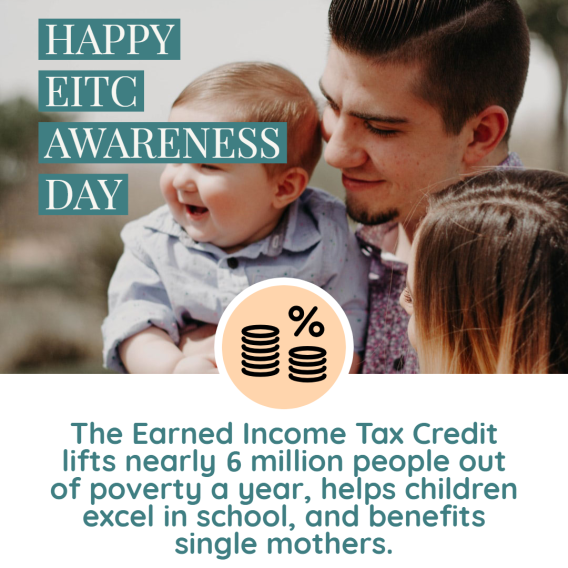By Jen Fletcher, 2017 Get It Back Campaign Intern

It’s National Financial Planning Month, a great time to explore how to enhance your asset-building or financial education programs. With the right tools, you can help your clients at any point in the process, whether it’s opening their first savings account or assisting seasoned savers to achieve goals like purchasing a car.
Real change happens when changes in the environment simplify the decision to save. Small changes, like making it easier to opt in rather than opt out, can make a large impact on savings behavior. It’s important to do more than connect clients with resources, since information alone has little impact on changes in financial behaviors. In creating financial programs, consider timing, ease, and strategic social pressure.
The Center for Advanced Hindsight has a Common Cents Lab where you can learn more about using behavioral economics to improve the financial well-being of low- and moderate-income Americans.
Timing is key
A big influence on whether people save is when they’re asked to save. People are more likely to stick to saving goals if the commitment is made ahead of time and it’s easier to follow through than opt out. Try asking your clients to commit to saving a percentage of their tax refund through a split refund before they file their tax return. Research shows that getting a savings commitment before a refund is received increases the likelihood of saving by about 10 percent. Incorporating a savings commitment as part of the intake process could help boost savings rates. Consider including language about a savings challenge or contest in marketing for your VITA site.
Show clients how savings can fit in their lifestyle AND the expected result
It can be hard to picture what the outcome of a savings plan looks like. Illustrate to clients the ultimate dollar amount that could result from their savings plan. For example, you could say something like, “By saving 10 percent of your tax refund and an additional $10 per month, you could have $300 in savings by the end of the year.” Presenting the total savings can make the outcome seem more concrete and the commitment more attractive, further incentivizing saving.
The (social) proof is in the pudding.
People are more likely to participate in savings programs if they believe that others are participating. Social proof is when people make decisions based on what they perceive others are doing. You could use social proofing methods to spur saving behavior by including your state’s savings rate when asking them if they want to save part of their tax refund.
This strategy works best when the comparison group is one with which the client identifies. Test your assumptions before rolling out any new ideas. For example, if you think that mentioning the state’s savings rate could increase saving behavior, print out postcards with and without the state figure. Share the postcards informally before the beginning of the tax season to see if including the savings rate influences behavior.
Embrace what works—and be open to changing what doesn’t
Reach out to savers from year to year and see what made them decide to save in the first place. Include existing savers as much as possible when developing any changes to your approach. Make sure to evaluate your plans from time to time and to incorporate new strategies.
Learn more ways to get clients engaged with savings programs by signing up for Get It Back Campaign updates. Get info on webinars, outreach resources, and other materials to help clients save what they Get Back.






